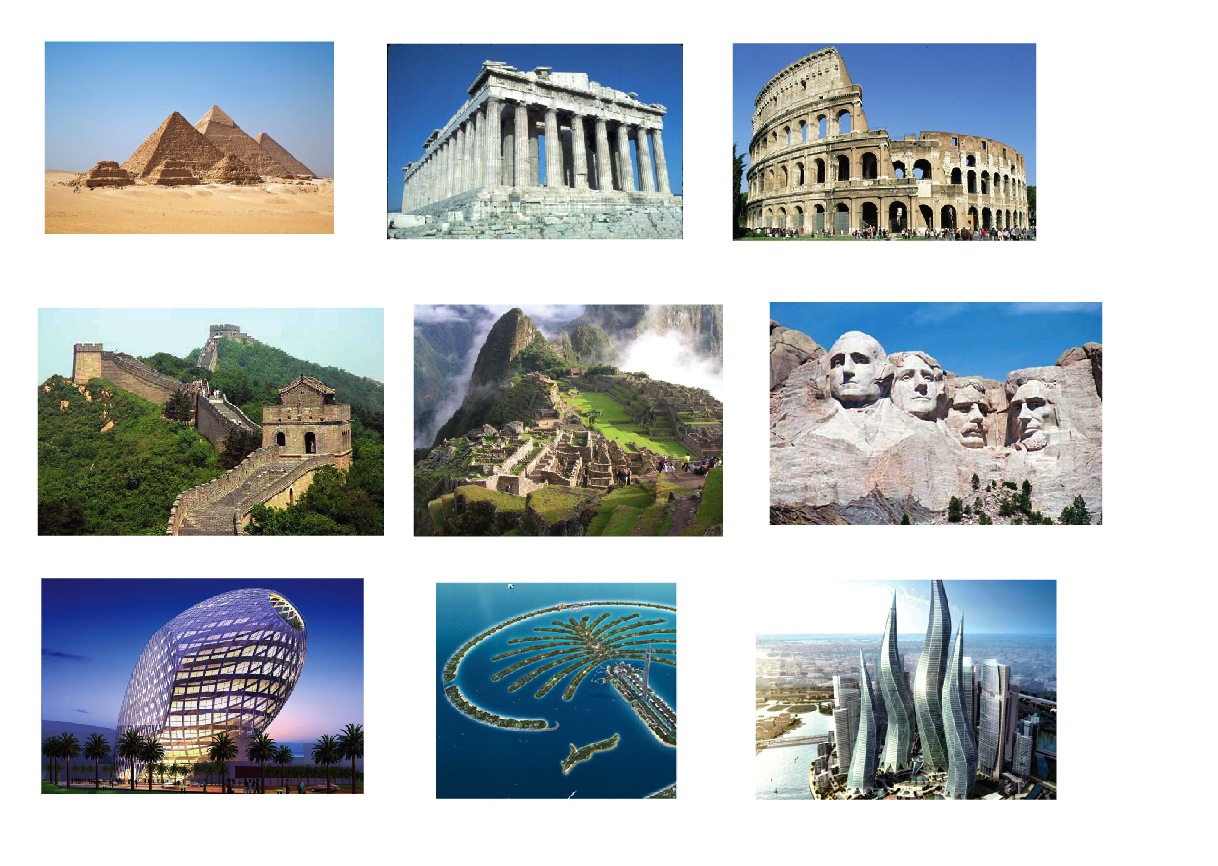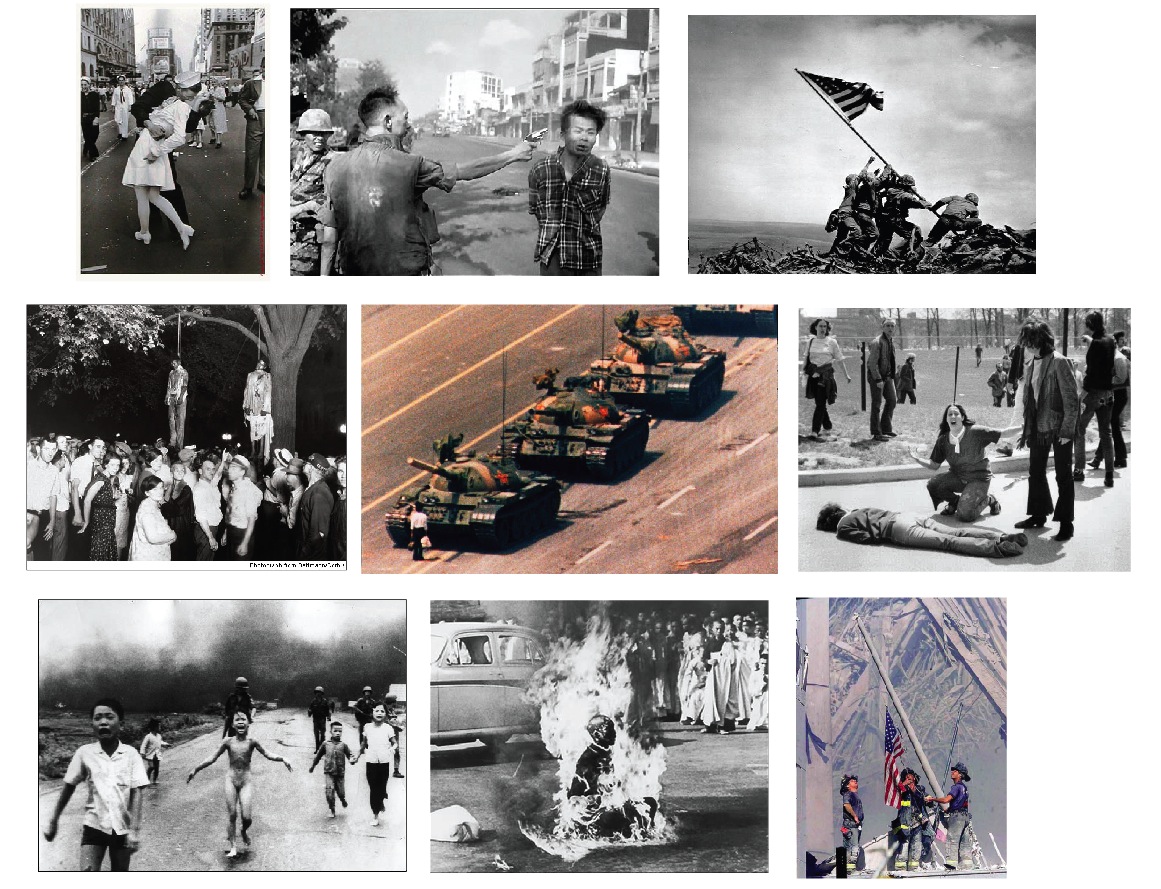What is Social Media? [the 2010 edition]
Posted in The Gnovis Blog
We’ve entered into a new year, the channels have been flooded with list upon list of 2010 predictions and trends, and now we’re laying the foundations for how we’d like to characterize the times – David Houle is calling it the Transformation Decade, a tweet from @RitaJKing mentioned The Imagination Age, and Seth Godin rang in the new year with a post titled
“Welcome to the frustration decade (and the decade of change).”
Organizations are still scratching their heads about how to implement a social media strategy into their business plan and how to measure ROI, educators are wondering how to bring it into the classroom, marketers want to spam the hell out of it, and the layperson just wants to connect and share.
There are many levels of experimentation going on in the space, and there will be for years. But I wonder, is there a bigger picture here that might indicate what all this means? Most of us here, who seem to co-exist on and offline, feel pretty comfortable that we “get” social media. Or we think we do. But do we really understand what these tools represent, and what they enable? I’d like to share my view of what seems to be happening. I’m going to try to provide a context and make some connections. If it seems unrelated at first, just bear with me, I’m going to do my best to bring it all home in the end. 🙂
What is media? Ok, before we talk about social media, just a quick overview of ‘media’ in general. By definition, media is the plural of medium. So that means it’s an intermediary, it exists between two things. We think of “the media” in terms of it being the delivery system between news and us, or the message and its audience.
But think about the world around us. About everything manmade. Isn’t it all a media in some way? You could say we live in a fully mediated environment, in that we as human beings have literally constructed our realities around us, with almost everything serving as a representation of something else.
Think about the way we’ve constructed our physical realities through buildings and c
ityscapes. Architecture may be a combination of form and function, but it’s also a representation of the cultural, political, and economic flavor of its time. It represents power, beauty, and often the ideal of perfection or divinity. (Many great structures seem to have been built in accordance with the golden ratio, or ‘divine proportion,’ a proportion found in nature and associated with aesthetics.) So as media, our built environment tells us stories about who we are, our ideals, and our values.  We see this in imagery as well, as we construct our social realities. From the iconic photographs we circulate to represent our memory of history,
We see this in imagery as well, as we construct our social realities. From the iconic photographs we circulate to represent our memory of history,  to our ideas about popular culture,
to our ideas about popular culture,  to the products we buy and where we buy them and what that says about us,
to the products we buy and where we buy them and what that says about us,  to the propaganda that influences our political views and cultural ideals.
to the propaganda that influences our political views and cultural ideals.  The point is that much of ‘reality’ is an illusion, insofar as it is the collection of symbols and stories that we are told and that we tell each other. We collectively agree upon them, and so they become real.
The point is that much of ‘reality’ is an illusion, insofar as it is the collection of symbols and stories that we are told and that we tell each other. We collectively agree upon them, and so they become real.
So what’s social media?
 OK, so we did the crash course in media studies, now back to social media. Why is social media so interesting and incredibly powerful?
OK, so we did the crash course in media studies, now back to social media. Why is social media so interesting and incredibly powerful?
In the short history of communication technologies, information was usually limited to flowing from one to one (telephone) or from one to many (radio, television). Then the internet came around and became a read/write web (“web 2.0”), characterized by applications and services that have given us the ability to create and share information. It allows for many-to-many communication, connection on a global level, and signaled the beginnings of a networked culture.
Through blogs, wikis, social bookmarking, photo sharing, and social networks, we are creating windows into each other’s lives and minds. Communities are forming around ideas, hobbies, causes, and any kind of organizational affiliation imaginable.
Then we decided we wanted even faster access to information, faster access to news, faster access to public opinion, and faster access to each other. Enter Twitter. Wikipedia calls it a social networking and micro-blogging service, but I think of it more like an Information & Idea Exchange. There was a nice write up by David Carr about the service in the New York Times the other day, titled Why Twitter Will Endure, which will give you a nice overview of what it’s all about. You can also check out the experiment @ekolsky and I did the other week by searching the hashtag #MonTwit; we sent out a call for anyone interested to write a post on the same day about what they’d discovered about Twitter. We ended up with 20 some blog posts and another handful of responses in tweet form. Not a bad turnout for about 15 seconds of planning. For some practical business tips about how to use Twitter, check out this article in Forbes.
But essentially, Twitter is a communication platform that’s comprised of just about 100 million people located around the world. And unlike any other network, when you’re on Twitter, you’re in the same room with every other person on Twitter. It’s like a pulse of what people are collectively thinking about, and so in some ways, becoming a kind of global consciousness. We’re connecting with peers around the globe and exchanging tips for business practices. We’re connecting with educators and researchers and scientists and discovering new ways of teaching and learning. We’re being exposed to each other’s perspectives on the world, and our capacity for empathy is expanding.
Sure there’s misinformation, spam, and useless junk too. Just like anywhere. It just means our ability to scan information and critically evaluate its validity will grow to be an ever more important skill.
But there is something happening here that is truly unprecedented in human history. Never has there been a potential for all of us to be connected like this. And the implications are huge.
So what’s social media? It’s the opportunity to create shared vision.
All these platforms are just the tools, but look what they enable. In the way that mass media has shaped our perceptions about culture, politics, and society, now social media also has that ability. But the message isn’t traveling from them to us, top down, from the aristocrats to the plebes. It’s moving from us to us.
We are living in a time of tremendous change; global systems are collapsing (economic, political, environmental) and opportunities for better systems to emerge are being revealed. People are waking up and aching for a new way to understand what’s happening and to be participants in shaping the outcome.
If you’re using social media as part of a new vision for your organization (social business design, social CRM) or as an addition to your personal learning network (PLN) or to empower people or to build and spread ideas, you get it. We’re growing into a global human network, and we’re able to begin constructing our own reality. ‘The way things work’ isn’t set in stone, it’s a social agreement. So many aspects of the way we work, the way we live, and the way we relate to each other are products of the systems that are currently in place. When we start experimenting with new ideas put together in new ways by new groups of people (and failing often), eventually we’ll figure it out – it’s how innovation happens. At so many levels, as a species, we are at a pivotal time in history where we can collectively design a new future.
If every world-changing set of actions is set in motion by an idea, and this new form of communication allows us to plant the seeds for those ideas to blossom and take shape, then those folks at the beginning of this post are on to something – it truly could be a decade characterized by frustration, imagination, and transformative change.
